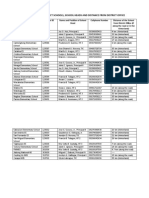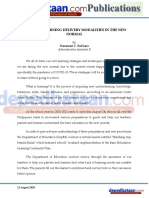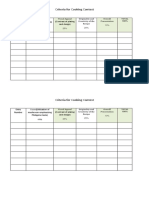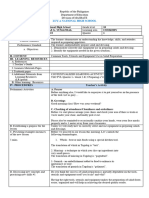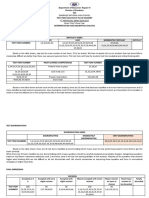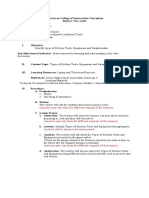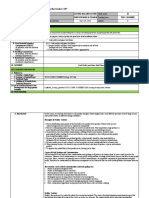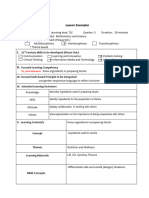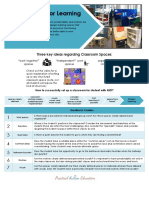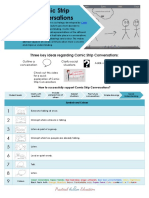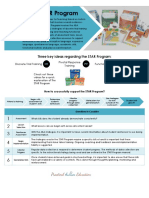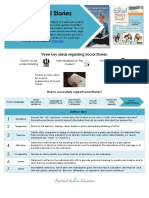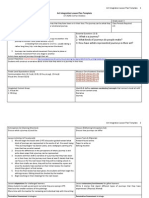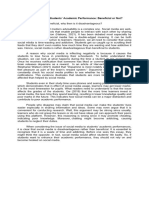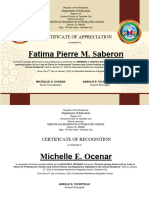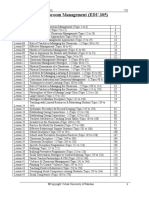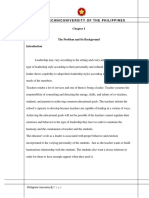0% found this document useful (0 votes)
402 views1 pageEBP Self-Assessment Rubric Guide
The rubric assesses evidence-based practice (EBP) on a scale of 1 to 4 across three steps: plan, use, and monitor. A level 4 rating reflects excellent, comprehensive work in planning goals and contracts, accurately selecting and skillfully applying EBPs, and extensively monitoring progress and implementation fidelity. A level 3 rating indicates proficient work in setting logical goals, effectively selecting and thoughtfully applying EBPs, and sufficiently monitoring progress. A level 2 rating represents adequate work partially completing planning, selection and application of EBPs, and partially monitoring progress. A level 1 rating signifies limited work vaguely planning, haphazardly selecting and rarely applying EBPs, and rarely monitoring progress.
Uploaded by
api-467320718Copyright
© © All Rights Reserved
We take content rights seriously. If you suspect this is your content, claim it here.
Available Formats
Download as PDF, TXT or read online on Scribd
0% found this document useful (0 votes)
402 views1 pageEBP Self-Assessment Rubric Guide
The rubric assesses evidence-based practice (EBP) on a scale of 1 to 4 across three steps: plan, use, and monitor. A level 4 rating reflects excellent, comprehensive work in planning goals and contracts, accurately selecting and skillfully applying EBPs, and extensively monitoring progress and implementation fidelity. A level 3 rating indicates proficient work in setting logical goals, effectively selecting and thoughtfully applying EBPs, and sufficiently monitoring progress. A level 2 rating represents adequate work partially completing planning, selection and application of EBPs, and partially monitoring progress. A level 1 rating signifies limited work vaguely planning, haphazardly selecting and rarely applying EBPs, and rarely monitoring progress.
Uploaded by
api-467320718Copyright
© © All Rights Reserved
We take content rights seriously. If you suspect this is your content, claim it here.
Available Formats
Download as PDF, TXT or read online on Scribd
/ 1









